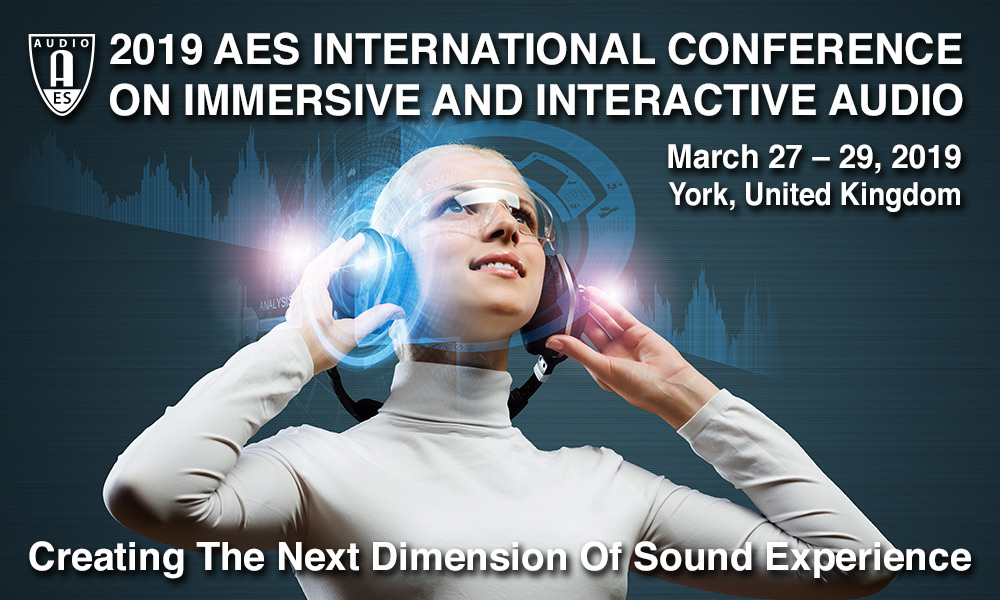| Home | Call for Contributions | Program | Registration | Venue & Facilities | Accessibility & Inclusivity | Travel | Sponsors | Committee | Twitter |

This workshop shows the approach of how a sound experience can be developed for stress relieve in medical usage with Electroencephalography (EEG), thus representing an immersive music production with interactive elements. In this case, the user hears the music and tries to manipulate its individual elements by using his or her brain, for example, to focus on a stressful bass-sound, to transform it into a pleasant bass-line.
The EEG is measuring the patient’s brainwaves (Gamma, Beta, Alpha, Theta, Delta) so the sound assets can react in real time, also called “neurofeedback”. “Brainboost” is a Munich-based company and closes the gap between EEG-technology and gamification that can help patients to learn how their brain reacts to the environment and get control of that. Since Gamma-waves usually indicate stress, neurofeedback can help to lower the amount of measurable energy.
For this project, two facts are crucial for sound production. Firstly, that the overall mood should be calming and pleasant to listen to. This means a slow, yet entertaining and not too repetitive tune that maybe containing elements of popular music. Secondly, the user needs to intuitively understand, which sounds represent a successful treatment or a state where he needs more focus, to cope with the task of shifting sounds.
Furthermore, it is important to release the patient with a good, motivated feeling at the end of the session, which also needs to be considered while composing such a piece of music regarding instrument and timbre as well as the sound recordings of nature elements or similar ambiances. Therefore, a well thought-out structure is key for this interactive sound experience that is continuously changing but supposed to maintain a balanced experience throughout the session.
